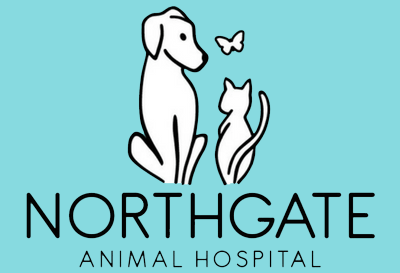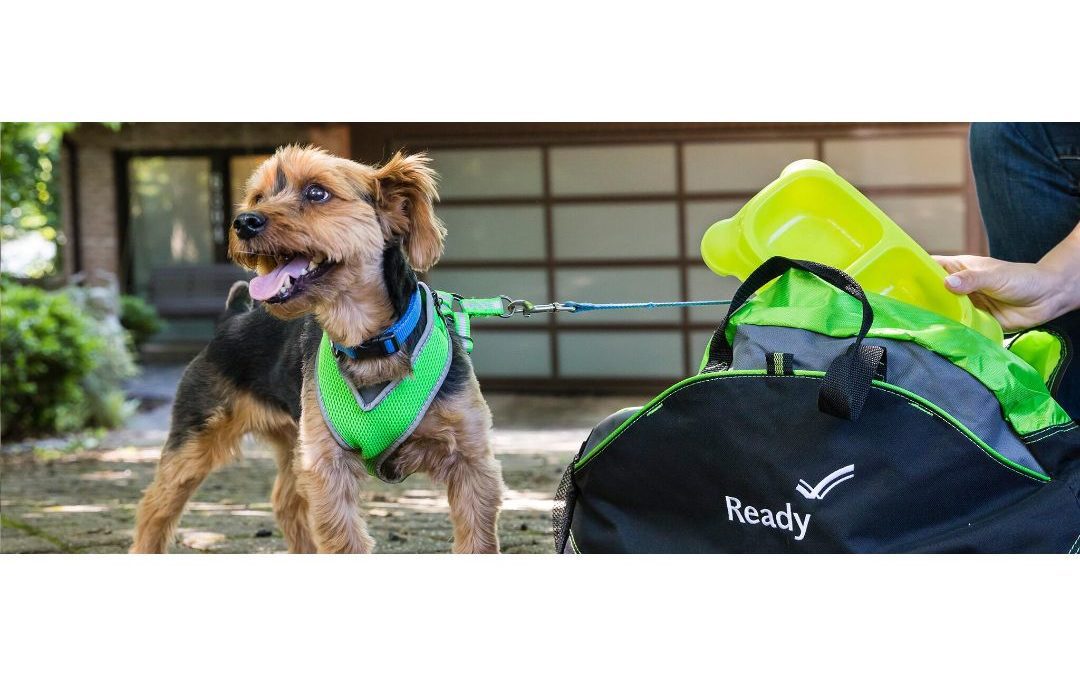One of the best things you can do for your pets is to have a disaster plan in place. This can reduce stress in the event of an emergency and save time during a hectic situation. Here are three tips to help you make a pet disaster plan.
#1: Ensure your pet is always wearing current identification
In an emergency, your pet may be separated from you or run away out of fear. Accurate identification is the best chance for them to be returned. Your pet should have:
- A collar or harness — Ensure the fit is secure, meaning there is space for only two fingers between your pet and the material. Loose-fitting hardware can slip off or become caught.
- ID tags — Check tags regularly for wear. They should be current and legible and include rabies vaccination information.
- Microchip — Have your pet microchipped or ensure their current chip is functioning and registered in your name. If the chip is not registered or the information is not current, it could be worthless.
#2: Know where you can take your pet
Never leave your pet behind during an evacuation. If the environment is unsafe for you, it is dangerous for your pet. Make a list of pet-friendly shelter options in advance, and keep it with your pet emergency kit. Some pet-friendly lodging requires proof of vaccinations, so always keep your pet up to date. Some possibilities include:
- Boarding facilities — This is a convenient option, but they may be overcrowded or closed during an emergency.
- Personal contacts — Out-of-town family or friends may be able to house your pet or provide permanent care. Discuss this possibility in advance.
- Pet-friendly hotels — Find options nearby or along your evacuation route.
- Local humane societies — They may have a disaster plan and a task force for sheltering pets during natural emergencies.
#3: Have your pet’s essentials ready
Keep a pet emergency travel kit ready in case you have to leave quickly. This kit should be a waterproof container and include five days’ worth of your pet’s food, water, and daily medications. Check your kit monthly to ensure supplies do not expire. Your kit also should include:
- Bowls
- Vaccine records
- Emergency contact numbers
- Clear photos of you with your pet
- Pet first aid kit
- Familiar pet blanket or toys
- Extra leash and collar
Label your pet’s carrier, crate, or seat belt and keep it nearby so you can transport your pet quickly and safely.
Don’t let an emergency situation get in the way of your pet’s safety. Call us to determine if your pet is due for preventive care, and make a pet disaster plan today.






